Estimated reading time: 17 minutes
Here’s the telegram: Hurdling is defined as a combination of more than one food preservation technique. The idea is to create a series of barriers for microorganisms like bacteria and fungus.
These barriers act as hurdles for the microorganisms so it's harder for them to make it into the food we eat. If the proper amount of hurdles are used, any microorganisms are overwhelmed and ultimately die so the food lasts longer.
What is a Microorganism?
In a food context, microorganisms are bacteria or various forms of fungus that can thrive and grow on food. The result leads to any number of diseases and conditions from commonly known food-borne bacteria like e-coli, listeria, salmonella, and botulism. There are more, and the same is true for the variety and range of fungi that can show up, especially on fruits, vegetables, meats, seafood, and most commonly, bread.
The fundamental challenge is the fact that food presents an ideal environment for microbial growth. Microorganisms thrive in a moist environment, and most foods deliver plenty of moisture. They also thrive on the natural sugars, proteins, fats, and other elements that constitute food.
Want to save this post for later? Click Here to Pin It On Pinterest!
Food tends to be soft if not penetrable, and if you add additional moisture and warmth to the environment surrounding the food, you’ll have an ideal breeding ground for microorganisms.
Hurdling combines techniques that remove or minimize moisture, alters or enhances the chemistry of foods, manages or limits temperatures, and creates an environment that minimizes contamination from food-borne microorganisms.
What primitive cultures learned the hard way was that many steps had to be taken to preserve food. The good news is that they succeeded without even understanding the basic concepts of infection and disease.
Origins of Hurdling
Our ancient ancestors didn’t call it “hurdling.” The term was actually coined by large, professional food processors, and many of them use it to process commercial foods we buy at the grocery store today.
Pioneers used hurdling all the time, even though they didn’t understand the dynamics of bacteria and harmful food microorganisms. They just figured it out through trial and error. Pickling is an excellent example.
Pickling as a Hurdling Process
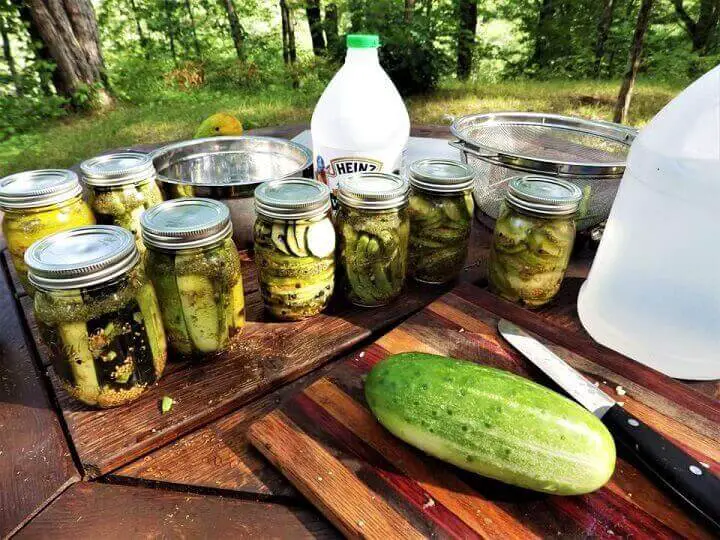
If you’ve ever pickled cucumbers, you’ve engaged in many levels of hurdling. Just think back to the process steps.
1. Cucumbers are often brined in water and salt in a covered crock sometimes for weeks. The sodium chloride or salt effectively kills and inhibits further bacterial growth. The brined pickles and then de-brined in changes of water in preparation for the next step.
2. A pickling solution is prepared, usually using additional salt (sodium chloride), vinegar (diluted acetic acid), and sometime the addition of spices like mustard seeds. And by the way, mustard seeds aren't a part of pickling recipes just for their flavor. According to a study on Food Preservation techniques, mustard seed has unique preservative properties:
“Mustard seed has as a primary pungency component the compound allyl isothiocyanate (AIT). Isothiocyanates are inhibitory to fungi, yeasts and bacteria in the range of 16–110 ng/ml in the vapor phase (Isshiki et al., 1992) and 10–600 μg/ml in liquid media (Mari et al., 1993).”
3. Sterilization of glass jars is the next step in the pickling process for packaging and further processing.
4. A pickling solution is brought to a boil and added to the cucumbers in the jars.
5. The jars are sealed and then processed in a boiling water bath usually for 15 minutes to further destroy any resistant bacteria or other microbes.
6. The jars are carefully stored in a cool, dark place to further prevent the growth of microbes.
A brief glance at that process reveals 6 steps or “hurdles” used to preserve something as simple as cucumbers. We just rarely think of it that way. That’s the recipe we find in canning books or on the Internet, and we follow it without a thought. But a good understanding of the dynamics of hurdling can empower us to make good decisions in the future when it comes to preserving any type of food.
3 Broad Types of Hurdling
We’re going to get into a little food science here, so fasten your seat belts. It might seem a bit technical, but once you understand the basic processes, it gets easier to improvise and interpret food preservative solutions and approaches.
We’ll skip some of the more extreme hurdles. An example of an extreme hurdle is the use of radiation to preserve foods, similar to the way the military preserves MRE’s. That’s quite a hurdle but irrelevant to home food preservation.
Here are the 3 basic types:
1. Physical Hurdles
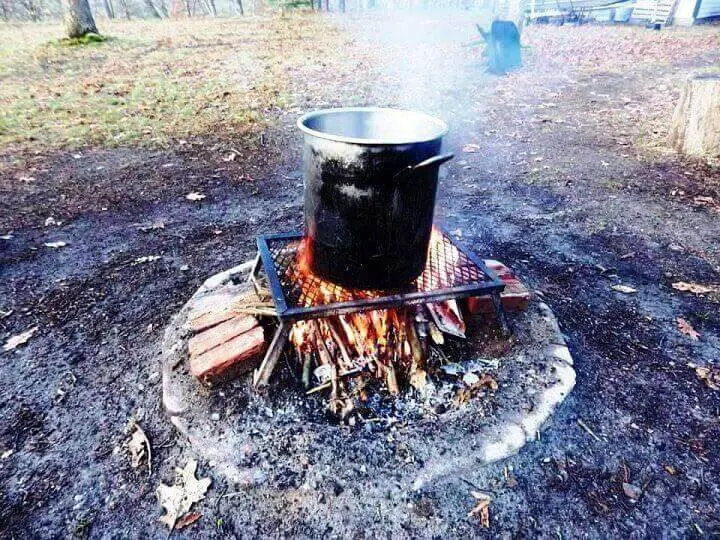
- High temperature (cooking, hot water processing, heating or pasteurization)
- Low temperature (refrigeration and freezing)
- High pressure (pressure cooker)
- Aseptic packaging (sterile and sealed)
- Low moisture (dehydration, drying, curing)
2. Physiochemical Hurdles
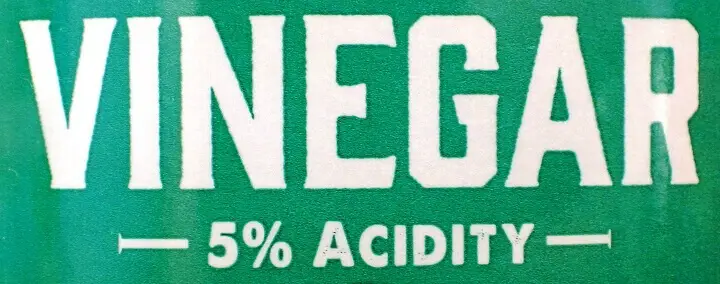
- Carbon dioxide (removal of oxygen)
- Use of low pH acids (addition of vinegar, citrus juices, lactic acid)
- Natural preservatives like sodium chloride (salt), mustard seeds, red pepper flakes or other peppers high in capsaicin, sugar, honey and other forms of sucrose or fructose.
- Artificial preservatives (usually used by commercial food processors)
3. Microbial Hurdles

- Competitive flora (good bacteria from fermentation that compete and overwhelm bad bacteria)
- Antibiotics (sometimes used in commercial processing)
Here again, if you step back and look at much of what is described, it’s common stuff, and steps we often use for preserving food. But the best approaches combine many of those steps, resulting in a lot of the food preservative recipes we continue to find and use today. What’s important is to use more than one hurdle whenever possible.
Single hurdles used alone can have a dramatic effect on the texture, color, flavor, and overall acceptability of the food. You can use salt to preserve many types of food, but salt alone has a significant effect on the food. Lutefisk is a good example.
Lute-what?
Lutefisk is a Scandinavian food preservation technique for Cod. It involves immersing the Cod in lye for weeks. It’s a highly effective way to prevent microbial growth. Lye falls at the far end of the pH scale up around a 13 or 14 and creates a hostile environment for bacterial or fungal growth.
Acids like vinegar land at the other end of the pH scale, usually around a 3, and also inhibit microbial growth. Something to remember is that chemicals or elements at either end of the pH scale inhibit bacterial and fungal growth. The trick is balancing or diminishing the pH level so the food is both safe to eat and actually tastes good.
In order to eat the lutefisk, you have to go through multiple preparation steps to make it palatable. This includes repeatedly soaking in changes of water to remove the lye and the smell. Lutefisk is notorious for its smell because of the lye preservative and is one of the main reasons people avoid it. The soaked and rehydrated lutefisk is then subjected to a number of other preparation steps, and the use of many ingredients to make it taste like something you would actually want to eat.
In spite of those efforts, many people who have tried lutefisk only try it once. It’s an acquired taste, and most of us never acquire it. Then again, in primitive times it may have been the only source of preserved protein, so the taste was tolerated. Curiously, Scandinavians today laugh at the thought of eating lutefisk and see it as quaint reminder of a past time when single techniques defined food preservation. Hurdling has made things better today.
Why is Hurdling so Important?
Take a deep breath because it’s time for a little more food science. That’s because hurdling is all about preventing homeostasis.
Homeostasis is an organism’s ability to stabilize itself in an environment. When a hurdle or preservative property is put up, they undergo metabolic exhaustion. That’s when a microorganism uses up all of their energy to maintain homeostasis and die as a result. And while it’s true that a single food preservation technique could halt a microorganism, there’s a problem.
A single preservative approach can induce metabolic exhaustion. They don’t die, but they are struggling. In some bacteria, this leads to a stress shock reaction, causing the release of stress-shock hormones into the food. Those aren’t good, and it’s all starting to feel like a “damned if you do, damned if you don’t” scenario.
But hurdling prevents this stress shock reaction because of the application of multiple hurdles working synergistically to simply cause the death of the bacterium without the release of stress-shock hormones.
And with that said, the science class is over and we can get back to the kitchen. But hurdling really doesn’t start on a stove. Hurdling starts in the garden.
In fact there are 5 fundamental steps that define a total food preservation process. All of them represent hurdles beyond the use of salt, vinegar, heat, and other traditional steps to process and preserve foods.

1. Grow and raise food clean and wash after harvest or slaughter.
Take a tip from agri-business. They wash the harvest as soon as possible after picking, and you should too. The same goes for how you treat your garden. Manure is great compost, but make sure it’s fully composted. Try to keep a clean garden and wash any fruits or vegetables as soon as you can after the harvest. It also helps to grow foods that lend themselves to preservation process.
2. Store raw foods properly (refrigerator/freezer) or preserve quickly.
It contradicts food preservation to let it start to spoil even before you’ve preserved it. After washing them, get your fruits, vegetables, meats, and seafood into the refrigerator or freezer, or begin the preservation process as soon as you can. Microbes act fast and once they get started, you’ll have a different kind of hurdle that you’ll now need to overcome.
3. Use a multi-hurdle food preservation process (no lye).
Think about the various processes you can use to preserve any food. We’ll cover them in detail later, but whenever you can combine preservation processes, the better the overall result will be with regards to texture, flavor, final food prep, and most importantly, food preservation.
4. Package or contain properly.
No matter how many hurdles you may combine to stop or prevent microbial growth, it’s all for naught if the food is not packaged properly. The biggest key is to use packaging that prevents oxygen or any outside air from coming into contact with the food.
Bacteria and fungus are often airborne, and once they find their way into food, they’ll make themselves right at home. Vacuum sealing, canning jars, or any other container that can keep the air out before the package is opened makes for a great hurdle.
5. Store preserved food properly.
Keep it out of the sun, avoid heat and if storing in metal cans or jars with metal lids, avoid environments that are wet or humid. How you store your preserved foods depends on the type of food and preservation process.
Some preserved foods will do fine for years in a pantry. Others are well suited to a root cellar and others do better with refrigeration or freezing. One thing to always remember is that once a package of any kind is opened, it will probably last longer in the refrigerator or freezer.
Food Preservation Hurdles to Consider
The question to ask yourself is which food preservation process works best for the type of food you're preserving, and which processes you might combine to add hurdles and extend shelf-life. Don’t overdo it, but the more hurdles you can reasonably add, the more you will extend the shelf-life of your stored foods.
Drying
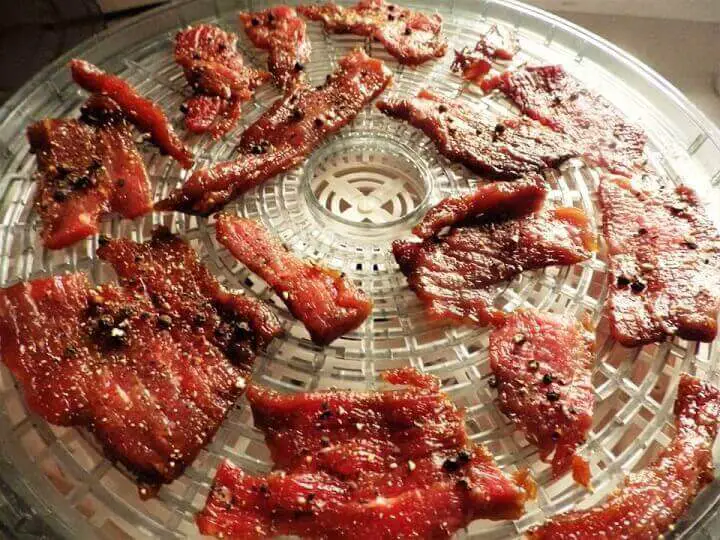
Drying foods may be the oldest form of food preservation. Typically, foods were dried in the sun, but today dehydrators are often used, and even low temperatures around 140 degrees or more in a conventional oven.
Rehydration is sometimes the only step necessary to make dried foods palatable, but drying alone will often sacrifice much of the flavor. That’s why foods like jerky are preserved with other processes in addition to a drying step that does not totally desiccate the fibers in the food.
Dry-Salt Curing
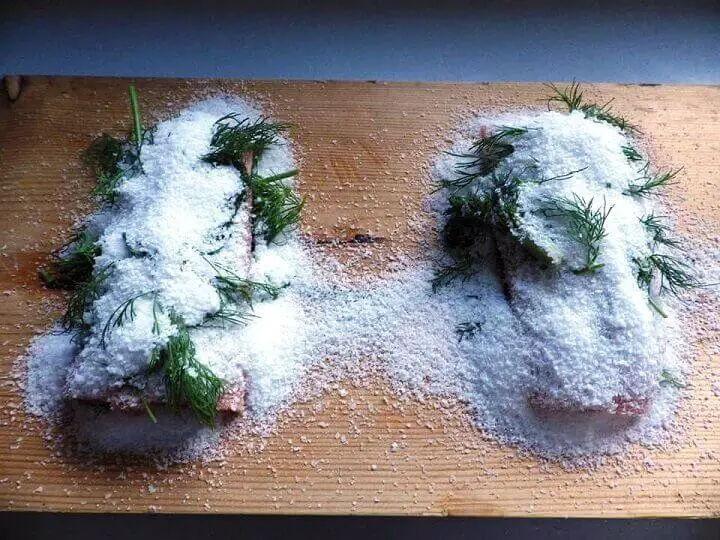
Salt curing is a food drying process that uses salt to leach out the water and moisture in foods. Various recipes have specific time frames for curing, and the results range from Gravlax (salt-cured salmon) to country hams.
In some cases, the foods need to be soaked in various changes of water to reduce the saltiness. This is another example of a process that can be done in moderation as a hurdle, but when it’s the only process used, the results can be extreme in terms of taste and texture.
The best example is when salt is used to trigger fermentation in foods like sauerkraut or Kim Chi. In those instances, the bacteria driving the fermentation are a micro-flora that inhibit the growth of other microbes.
In its simplest application, salt-curing is used as a rub before smoking or barbecuing.
Brine (Wet-Salt) Curing
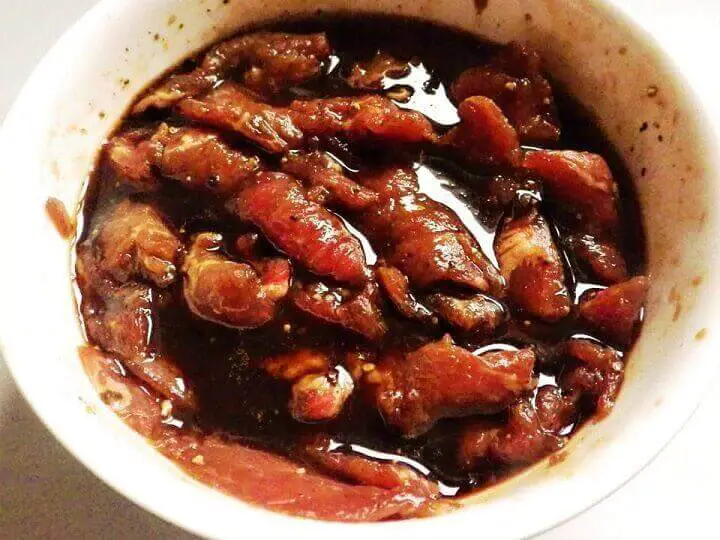
This is another ancient technique often used by people who lived on ocean shores where salt was plentiful. The salt was dissolved in a liquid like wine or water and the food was soaked in the brine, allowing the salt to travel into the food through a process known as “osmosis.”
The salt concentration was usually 10-15% or enough to float an egg. The benefit of wet-slat curing is that it keeps the foods moist while killing and inhibiting microbes, although foods often had to be soaked in fresh water to remove excess salt from the brine. A lot has to do with the duration of curing. Shorter cures don’t require fresh water soaking, but longer cures may require it.
Sugar-Curing
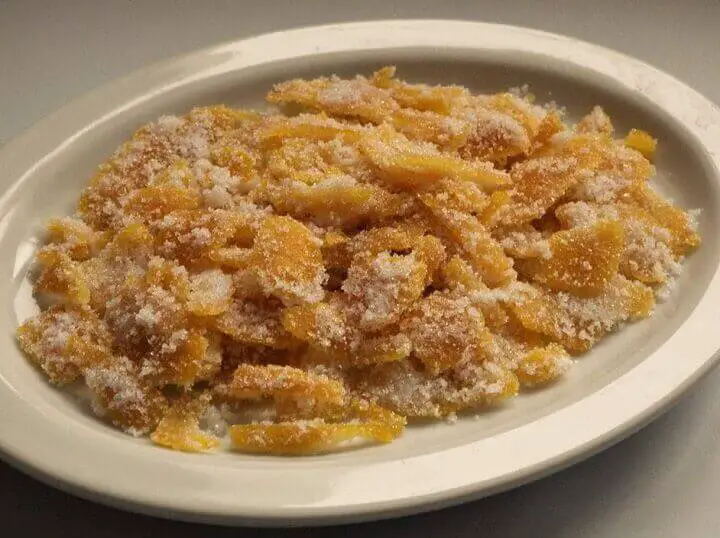
To the surprise of some, sugar is a preservative. Sugar also draws moisture from food. This type of curing is often used with fruits like candied orange peels. Honey may be the best natural sugar-cure, and the tale of the honey found in a pot in a 3,000 year old Egyptian tomb is both true and remarkable. The honey was edible, and no trace of bacteria was present.
Cool Temperatures
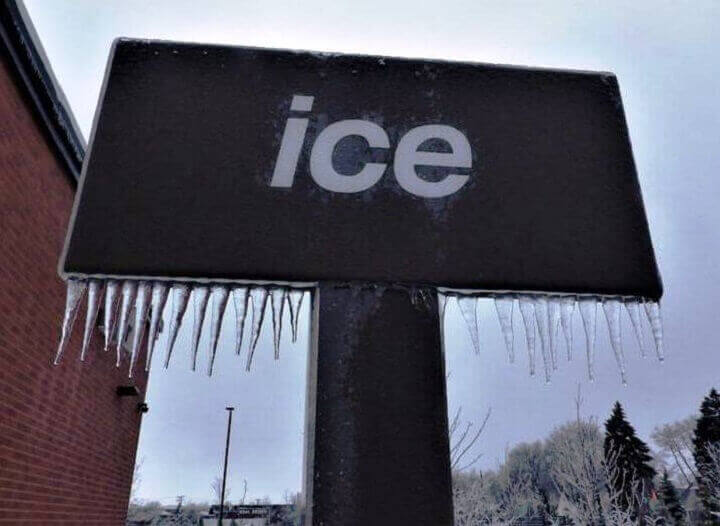
Whether it’s a refrigerator, root cellar, or even a cold water spring, cool temperatures inhibit bacterial and fungal growth. The important thing to remember is that it only “inhibits”, meaning it slows or impedes the rapid growth and spread of bacteria.
Unfortunately, it’s a relatively temporary preservation technique measured in days, weeks, and in some rare instances –years. The good news is that it’s the best way to store any preserved food before it’s opened and especially after it has been opened. In the grand scheme of things, a root cellar may be the best option for long-term, cool storage if you have a significant quantity of preserved foods.
Freezing
Thank Clarence Birdseye for pioneering the freezing of food as a preservation technique. Freezing may be one of the few processes that don’t require hurdling, although even frozen foods have a shelf-life often measured in a year or two.
Here again, any food that has been hurdled with other preservation techniques will exceed the one to two year limit of straight frozen foods. The biggest question is how much you’re trying to freeze and the need for reliable electricity to keep a large freezer running.
Heating
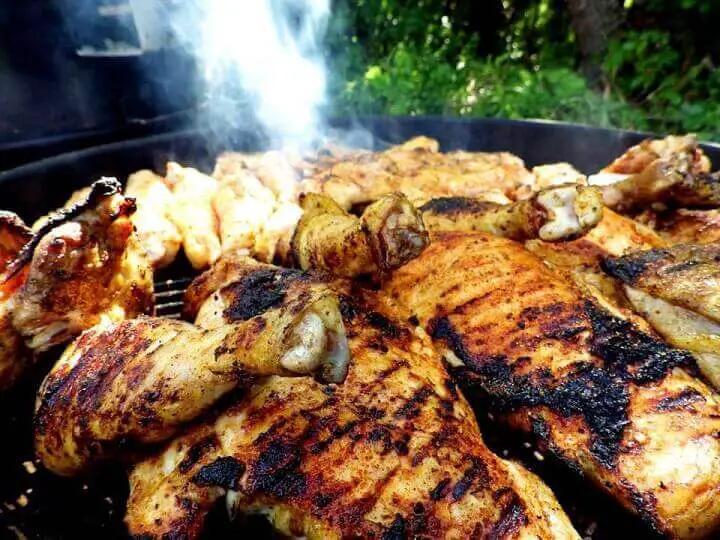
It would be great to know when the first food was cooked, but it’s quite likely it was long before written or even verbal communication. However, heating related to food preservation has less to do with cooking and eating more to do with killing bacteria and creating an environment that is not conducive to bacterial growth.
It all gets back to preventing bacteria from reaching that state of homeostasis where it gets just a little too comfortable in food and decides to stay for a long time.
Heating as a hurdling process is used a variety of ways including:
- Hot water processing of canned foods to kill bacteria and fungus after it has been packaged, jarred or canned. Louis Pasteur discovered the process and it is often referred to as “Pasteurization.”

- Smoking foods involves low-heat smoke to remove moisture and both kill and inhibit the growth of bacteria. Brining or salt curing is often a preliminary step, and the smoked food is ideally refrigerated or frozen to extend the shelf-life.
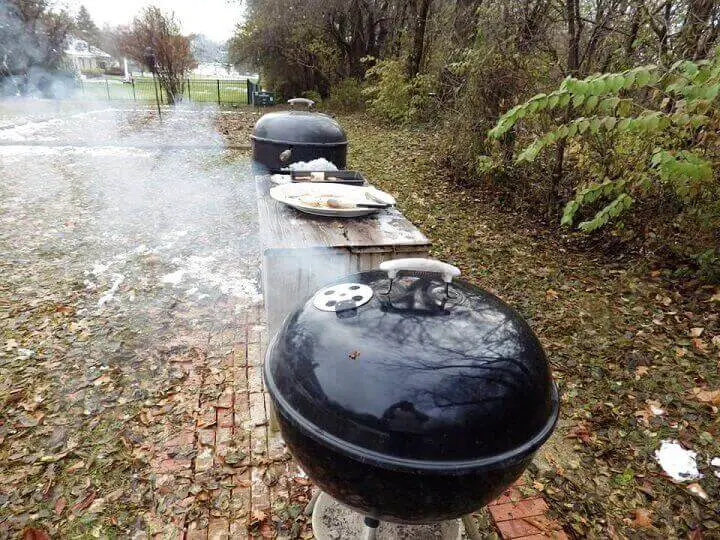
- Low heat was and is still used as a drying method. Primitive people dried foods hung high over a small fire, while today we use ovens and food dehydrators. It’s another example of a preservation process that works on its own but works better to extend shelf life when combined with other processes.
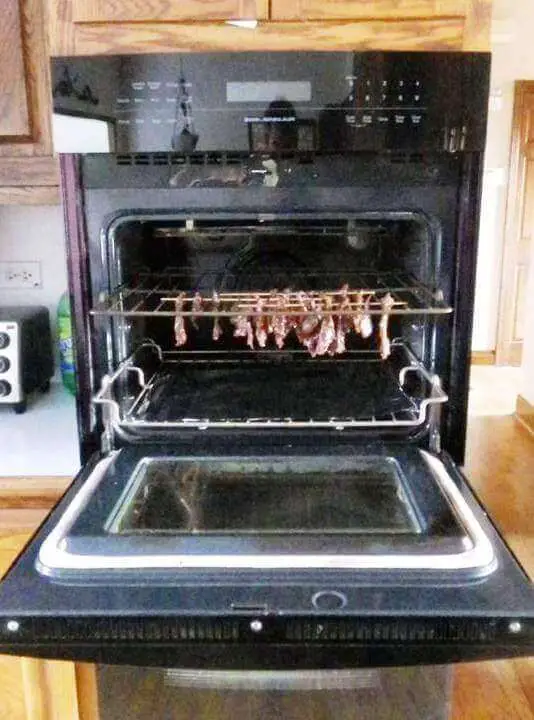
Hurdling is No Mystery
Anyone who has ever preserved foods in any way has probably engaged in various levels of hurdling. The key thing is to stop and think if you’re doing all of the possible steps to extend shelf-life and guarantee that any home-preserved foods are safe. If you’re tempted to use a single process for food preservation, it may be worth thinking about other things you can do to preserve the food and get those hurdles in place.
Shelf-life is important for any home preserved foods, but just as important is food safety. Hurdling is perhaps the best way to not only keep your home preserves longer but ensure that all of the foods you preserve and store are as safe to eat as you can make them.
Like this post? Don't Forget to Pin It On Pinterest!

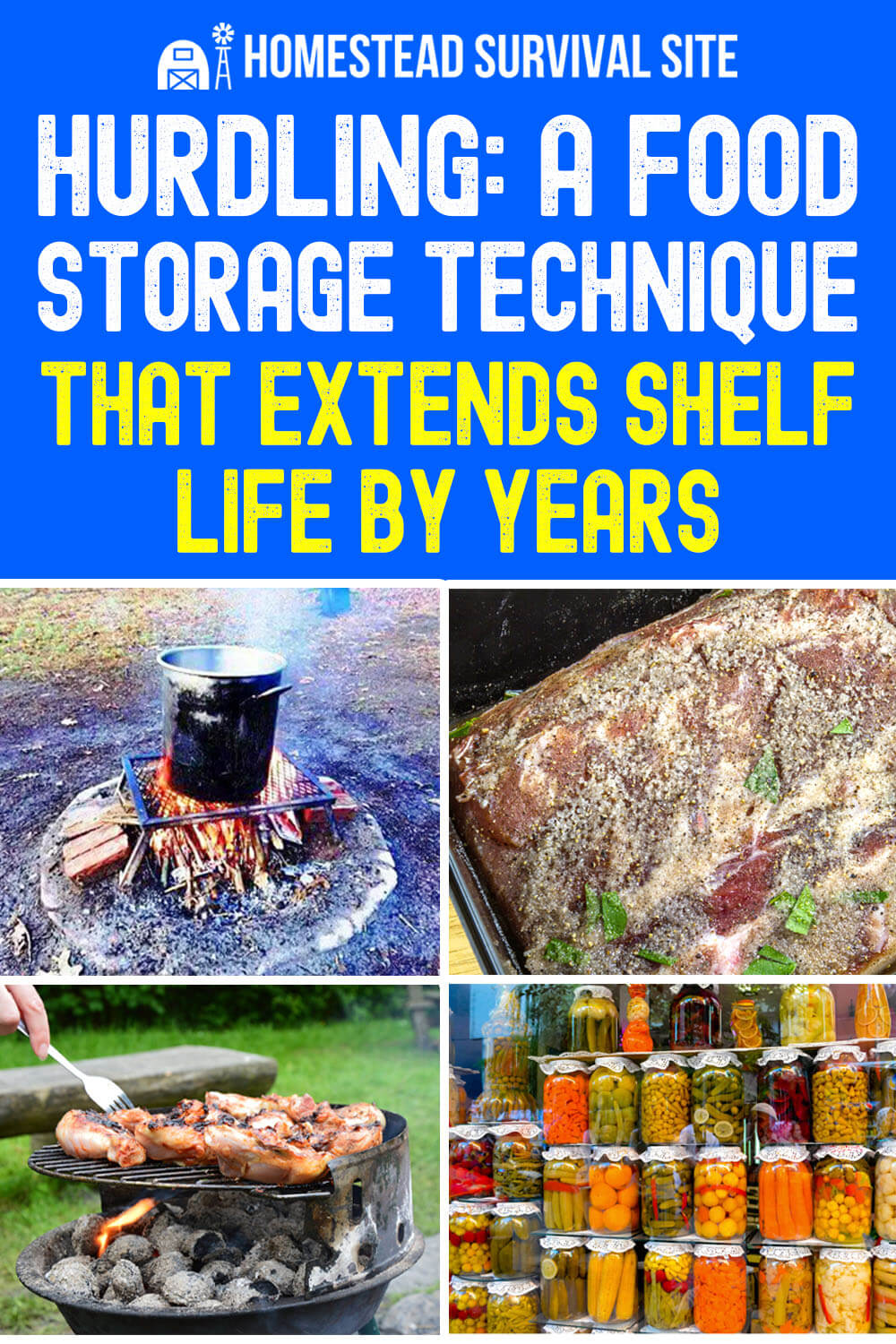


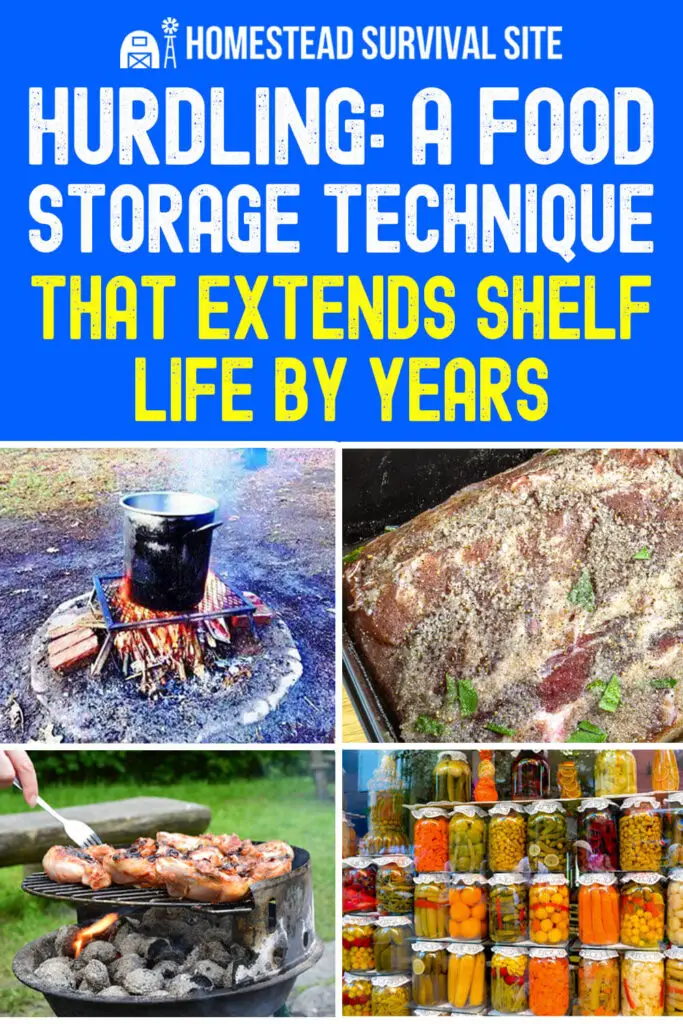


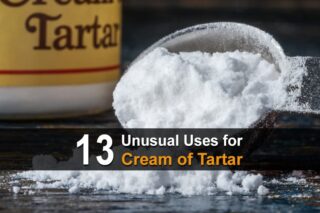
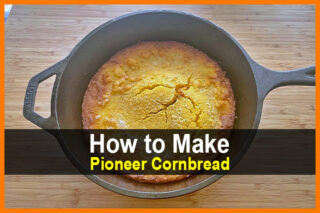
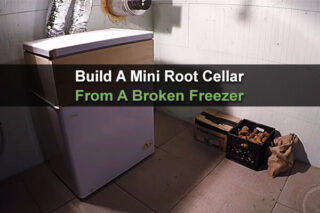
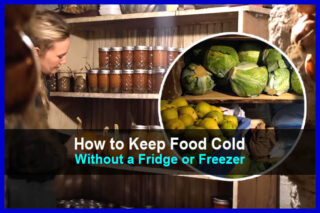
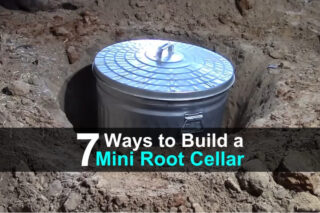


Thanks!
Very interesting. Last week I preserved chicken of the woods mushrooms by salting, boiling in vinegar and then preserving in oil. I guess that qualifies as hurdling?
And then there’s freeze drying.
I used to can a fair bit and intend to take it up again when I’ve returned to my off grid life.
I also have had great success with various types of charcuterie. Again, I think the high Mogollon Plateau will lend itself to that in season, and other drying techniques.